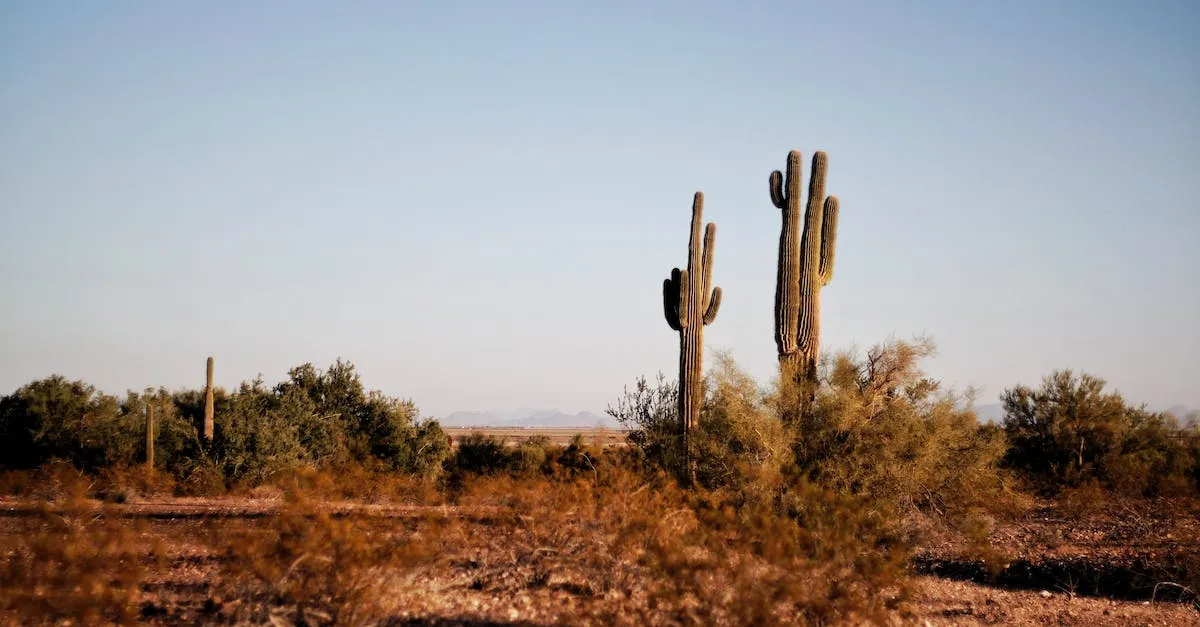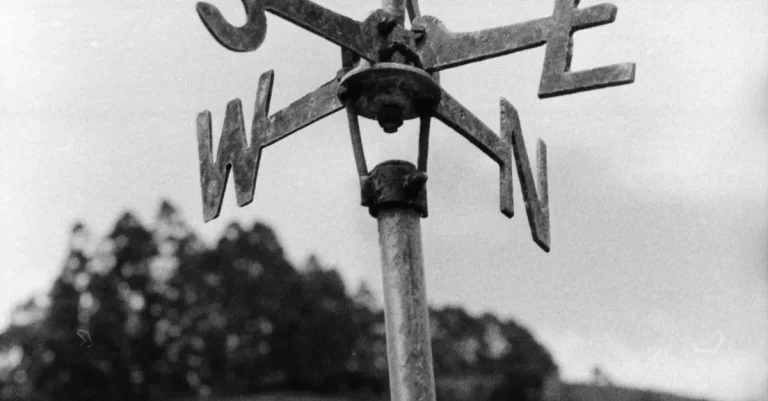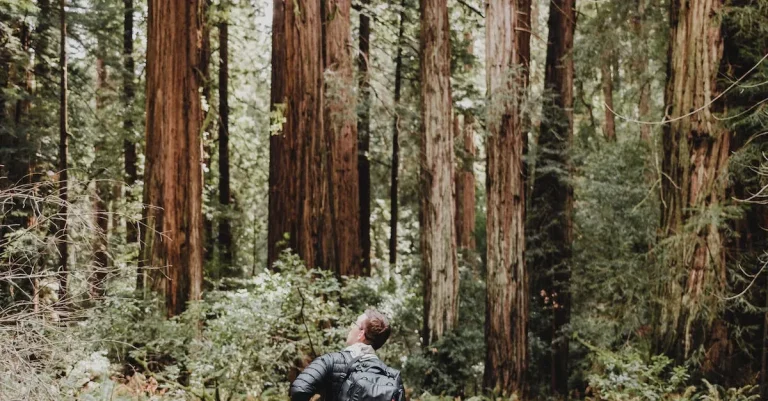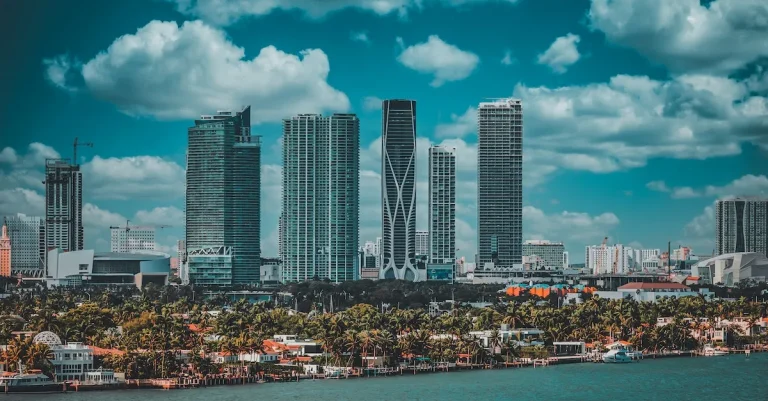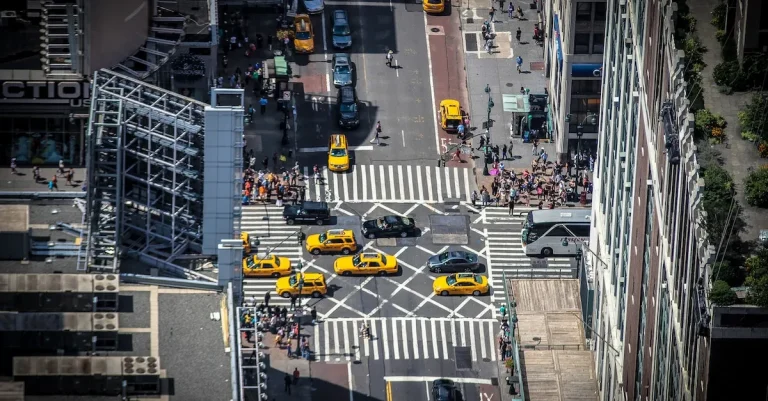The Biggest Drawbacks Of Living In El Paso, Texas
With its desert climate, proximity to Mexico, and blend of Hispanic and Western cultures, El Paso is a unique Texas city. However, it has downsides like any place. If you’re considering a move to El Paso, knowing the negatives can help make an informed decision.
If you’re short on time, here’s a quick overview: Major complaints about El Paso include hot summers, lack of greenery, dust storms, limited public transportation, urban sprawl, and boredom due to the small city size.
Extreme Heat in the Summers
Living in El Paso, Texas comes with its fair share of challenges, and one of the biggest drawbacks is the extreme heat experienced during the summers. With temperatures often exceeding 100 degrees Fahrenheit, residents have to find ways to cope with the scorching heat.
100+ degree temperatures common
During the summer months, it is not uncommon for El Paso to experience temperatures above 100 degrees. This relentless heat can make it difficult to enjoy outdoor activities and can even pose health risks.
It’s important for residents to stay hydrated, seek shade, and take precautions to avoid heat-related illnesses.
Dry desert air
Another challenge of living in El Paso is the dry desert air. The lack of humidity can make the heat feel even more intense and can lead to dry skin, chapped lips, and respiratory issues. It’s important for residents to stay moisturized and use humidifiers to add moisture to the air indoors.
High cooling costs
Keeping cool during the summer months in El Paso comes at a price. With the extreme heat, residents often rely heavily on air conditioning, leading to high cooling costs. It’s not uncommon for energy bills to skyrocket during the summer season.
Finding ways to reduce energy consumption and improve energy efficiency can help alleviate some of the financial burden.
Lack of Greenery and Trees
Living in El Paso, Texas, comes with its fair share of drawbacks. One of the biggest concerns for residents is the lack of greenery and trees. The city’s desert landscape and scarce rainfall make it difficult for vegetation to thrive, resulting in a predominantly arid environment.
Desert landscape and scarce rainfall
El Paso’s location in the Chihuahuan Desert means that residents are surrounded by a dry and inhospitable environment. With an average annual rainfall of just 9.5 inches, the city faces challenges when it comes to maintaining green spaces and sustaining plant life.
The lack of regular rainfall often leads to dry and dusty conditions, creating a stark contrast to areas with lush vegetation.
Dusty, brown vegetation
Due to the limited water supply and arid climate, the vegetation in El Paso is predominantly brown and dusty. The lack of greenery can be disheartening for those who appreciate the beauty of nature and enjoy spending time in vibrant, colorful surroundings.
The city’s landscape is dominated by cacti, shrubs, and hardy desert plants, which may not provide the same aesthetic appeal as lush, green trees and grassy areas.
Lack of lush parks and gardens
El Paso’s scarcity of greenery also translates into a limited number of lush parks and gardens. While the city does have some recreational areas, they are often smaller in size and may not offer the same level of tranquility and natural beauty as parks in other regions.
Residents who enjoy outdoor activities like picnics, jogging, or simply relaxing in a lush environment may find themselves longing for more expansive green spaces.
Despite these challenges, El Paso does have some efforts in place to promote greenery and enhance the city’s aesthetic appeal. The city government and various organizations have initiated tree-planting initiatives and landscaping projects to combat the lack of greenery.
These efforts aim to create more shaded areas, improve air quality, and enhance the overall visual appeal of the city.
For those who value a city with abundant greenery, El Paso’s lack of trees and green spaces can be a significant drawback. However, it’s essential to recognize that the city’s unique desert environment offers its own charm and beauty, with stunning sunsets, vast desert landscapes, and the opportunity to appreciate the resilience of desert vegetation.
Dust Storms
Living in El Paso, Texas, one of the biggest drawbacks that residents face is the occurrence of dust storms. These natural phenomena can be quite disruptive and have several negative effects on the daily lives of those in the area.
High winds kick up dust clouds
During dust storms, the strong winds in El Paso can kick up massive dust clouds, causing visibility to plummet. These clouds can be so thick that it becomes difficult to see more than a few feet in front of you.
This poses significant challenges for drivers and pedestrians, increasing the risk of accidents and injuries.
Poor air quality during dust storms
Dust storms also have a detrimental impact on air quality. The swirling dust particles in the air can lead to respiratory problems, especially for individuals with pre-existing conditions such as asthma or allergies.
These storms can fill the air with pollutants, making it difficult to breathe and causing discomfort for many residents.
Reduces visibility
Another major drawback of dust storms is the reduction in visibility. This can have a significant impact on various aspects of daily life. For example, it can make it challenging to carry out outdoor activities, such as going for a walk or enjoying a picnic.
Additionally, it can hinder the ability to appreciate the scenic beauty of the surrounding landscape, which is one of the attractions of living in El Paso.
According to the Environmental Protection Agency (EPA), dust storms can cause short-term and long-term health effects due to the inhalation of fine particulate matter. These particles can penetrate deep into the lungs and have been linked to respiratory issues, cardiovascular problems, and even premature death in extreme cases.
While dust storms are a drawback of living in El Paso, it is essential to note that they are not an everyday occurrence. The city still offers many positive aspects, such as its rich cultural heritage, friendly community, and proximity to stunning natural landscapes.
However, it is crucial for residents to be prepared for these occasional dust storms and take necessary precautions to protect their health and well-being.
Minimal Public Transportation
Living in El Paso, Texas comes with its fair share of challenges, and one of the biggest drawbacks is the minimal public transportation available in the city. While there is a metro system in place, it is relatively small compared to other major cities.
Small metro system
The metro system in El Paso consists of only one line, making it limited in terms of destinations and accessibility. This can be a major inconvenience for residents who rely on public transportation to commute to work, school, or other daily activities.
Unlike larger cities with extensive metro systems, El Paso’s limited options can restrict mobility and make it difficult to travel within the city.
Buses can be unreliable
Another drawback of public transportation in El Paso is the unreliability of the bus system. While buses do operate throughout the city, they are often subject to delays and inconsistent schedules. This can be frustrating for individuals who rely on buses as their primary mode of transportation, as they may have to deal with long wait times or missed connections.
Most people rely on cars
Due to the limitations of public transportation in El Paso, the majority of residents rely on cars as their main mode of transportation. This can lead to increased traffic congestion, parking difficulties, and higher carbon emissions.
Additionally, the reliance on cars can be a financial burden for individuals who have to pay for gas, maintenance, and parking fees.
It is important to note that these drawbacks are not unique to El Paso and are common in many cities across the United States. However, it is worth considering these factors when deciding whether to live in El Paso and to carefully plan transportation options based on personal needs and preferences.
Urban Sprawl
One of the biggest drawbacks of living in El Paso, Texas is the issue of urban sprawl. The city spreads widely across the valley, resulting in a vast and spread-out urban landscape. This can have several negative implications for residents.
City spreads widely across the valley
El Paso’s urban sprawl means that the city covers a large geographic area, resulting in a low population density. While this may seem appealing to some, it can lead to a lack of community cohesion and a sense of disconnectedness among residents.
The sprawling nature of the city also means that amenities and services are often spread far apart, making it less convenient for residents to access them.
Traffic and long commutes
With urban sprawl comes the issue of increased traffic and long commutes. As the city expands, so does the distance between residential areas and workplaces. This often means that residents have to spend a significant amount of time commuting to and from work, leading to increased stress and reduced quality of life.
The heavy traffic congestion during peak hours can also be frustrating for those residing in El Paso.
Strip malls dominate landscape
Another consequence of urban sprawl in El Paso is the dominance of strip malls in the city’s landscape. These sprawling shopping centers, characterized by rows of stores and parking lots, often lack aesthetic appeal and can negatively impact the overall visual appeal of the city.
Additionally, the prevalence of strip malls can limit the diversity of shopping options and contribute to a lack of unique local businesses.
Small City Size and Few Amenities
Living in El Paso, Texas may not be for everyone, especially those who are used to the hustle and bustle of bigger cities. One of the biggest drawbacks of living in El Paso is its small city size and limited amenities.
Limited sports, music, and cultural events
El Paso may not offer the same level of entertainment options as larger cities. While there are certainly some sports, music, and cultural events that take place in El Paso, the options may be limited compared to cities like New York or Los Angeles.
However, El Paso does have its fair share of local events and festivals that showcase the city’s unique culture and traditions.
According to the Visit South Padre Island website, El Paso hosts a variety of annual events such as the Sun City Music Festival, Chalk the Block, and the KLAQ Balloonfest, which attract visitors from all over the region.
Not many shopping and dining options
Another drawback of living in El Paso is the limited shopping and dining options. While there are malls and shopping centers in the city, they may not offer the same variety and selection as larger cities.
However, El Paso does have its own unique dining scene, with a mix of local Tex-Mex cuisine and international flavors.
According to the Visit El Paso website, some popular local restaurants in El Paso include L&J Cafe, known for its authentic Mexican food, and Crave Kitchen & Bar, which offers a fusion of American and international dishes.
Can feel boring to some
Living in a smaller city like El Paso can sometimes feel boring to those who prefer a more fast-paced and dynamic lifestyle. The lack of big-city amenities and entertainment options can leave some residents feeling like there isn’t much to do in their free time.
However, it’s important to note that what one person finds boring, another person may find peaceful and relaxing. El Paso offers a slower pace of life and a close-knit community that may appeal to those who enjoy a quieter and more laid-back lifestyle.
Ultimately, whether the small city size and limited amenities of El Paso are drawbacks or not will depend on personal preferences and priorities. It’s important to consider what is most important to you in a city and weigh the pros and cons before making a decision to move or settle in El Paso.
Conclusion
El Paso offers affordability, a unique bi-national culture, and access to outdoor activities in the desert. But the climate, sprawl, transportation, and small size may be deal-breakers for some.
Weighing the pros and cons of El Paso can help determine if the negatives are worth enduring to enjoy the perks. With the right expectations, the drawbacks can be manageable.

